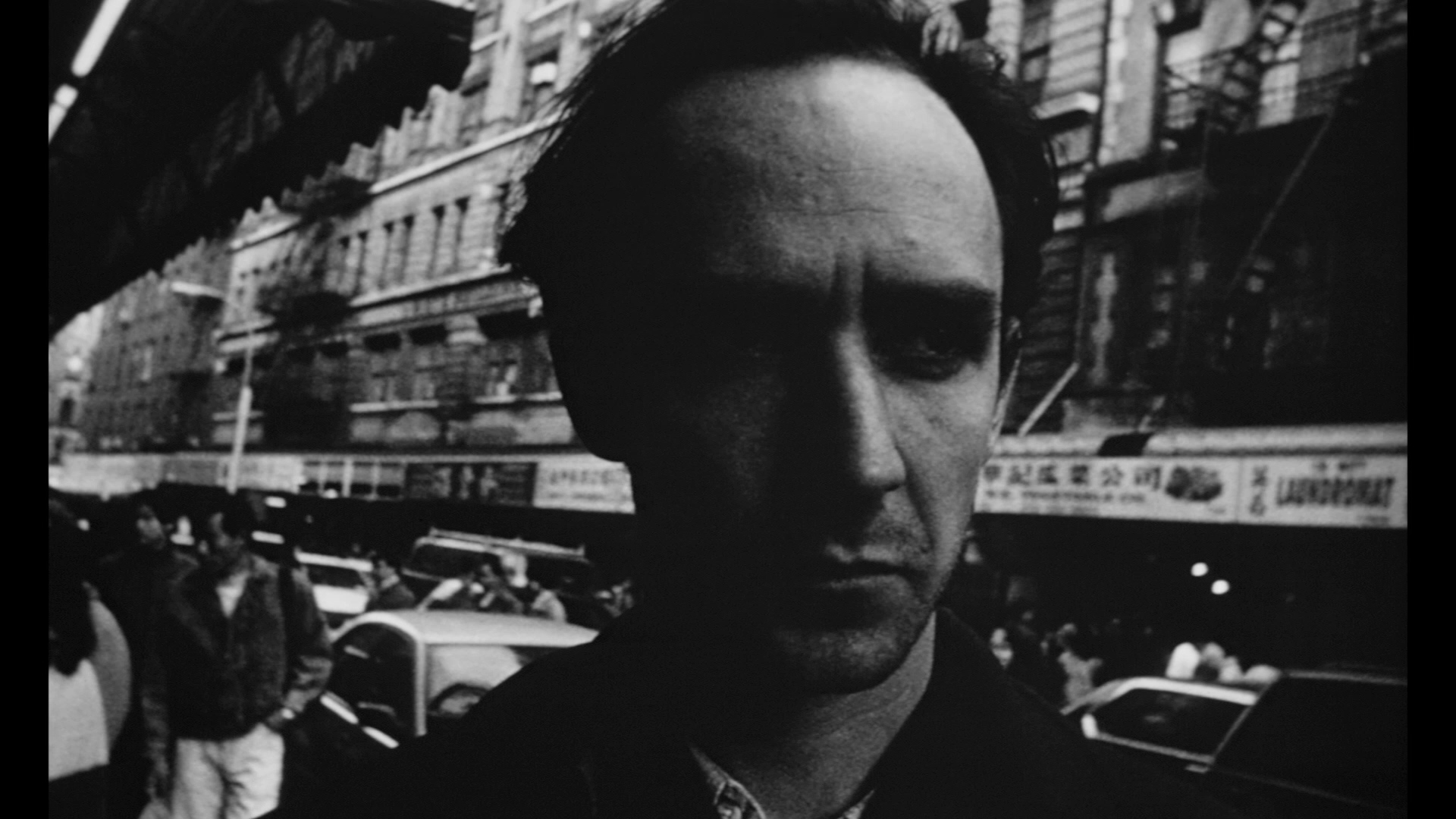Man, do I love a well placed Easter egg. I’ve discussed everything from Mr. Robot’s Easter eggs, all the way to Ex Machina hidden spoilers, and even the extended universe hidden secrets of Cloverfield, etc. I adore good hidden Easter eggs. And if film and TV buffs have one thing in common with each other, it’s their love of hidden gems sprinkled throughout their stories. Entertainment producers love to throw their audiences cryptic and enigmatic puzzles via their work, and the truly insane fans (of which I assuredly am one) will always go the extra mile to decipher them.
But I have to say, that the most frequent form of Easter egg comes in the form of numbers. And with many of the most iconic films and TV shows being peppered with number sequences that allude to something greater, often helping to explain the story arc, or alluding to one of the key themes of the work. The use of mysterious numbers within TV and film isn’t just limited to the sci-fi genre, although this is where you’re most likely to find such hidden gems. Let’s take a look at a couple of the most intelligent, subversive and mystifying uses of numbers in our favorite works to see if we can decipher the real meaning of this dramatic device, and whether or not it really matters.
Russian Doll – 22
The hit Netflix TV series Russian Doll has already won legions of fans across the globe, as well as bagging itself a stunning 100% rating on Rotten Tomatoes. This Groundhog Day story of death and fate is loaded with cryptic signs and clues throughout, but the number 22 is by far the thing that has left the most inquisitive fans scratching their heads.
The most important thing is that there are a total of 22 “deaths” in the show, after which the cycle is broken and equilibrium is achieved. The number continues to appear throughout; in the first episode, the character Horse appears at 5:22am, Nadia enters the bodega at 7:22pm, and when buying a lottery ticket a customer requests the numbers “23, 14, 21… no, wait! 22.”
From Lost to The Simpsons, the significance of numbers through the use of winning lottery numbers is nothing new, and Russian Doll is no exception. The number 22 has biblical associations with chaos and disruption, suggesting that it has been used here to imply that our protagonist always just had 22 “chances” to set the record straight and save her fate. But the most important attribute of the number 22 is that it is known as the “master builder” number and is one of the most powerful numbers possible.
Pi -3.14159265359
We had a ton of fun discussing PI when I finally got around to breaking it down. The 1998 arthouse classic Pi has often been described as the work of an evil genius. The film’s protagonist Max says, “mathematics is the language of nature,” before going on to trying to uncover the meaning of life via a combination of Number Theory, Jewish mysticism, and, of course, the mathematical constant Pi, which we all know centers around the number 3.14.
While many different numbers and equations pop up during the protagonist’s quest to prove that mathematical equations are part of a code sent to us by God, the theory of Pi is central to the film. Perhaps the most significant use of the number in explaining the film comes at the very end, when Jenna approaches Max in a park and asks him to calculate 748/238 (an approximation for Pi) – he simply answers that he doesn’t know, and the film ends. This suggests that numbers are used to explain the central tenets of a film – the case here being that any attempt to decode the cosmic mysteries of the universe amounts to little more than folly and hubris.
Inception – 7
What better way to round this off than with one of the most confusing and masterfully-crafted films in science fiction history? Christopher Nolan’s mind-bending epic Inception took him a full decade to write and as such as filled with countless clues and Easters eggs which help explain the initially baffling premise of the film.
The number 7 is one of the most important features to look out for. As we have explained before, there are actually 7 dream “levels” within the film, although the viewers don’t get to experience the final level.
While one might naturally drift towards theories of 7 as a lucky number, the connotations are again religious in nature. The character Yusuf is the Arabic form of Joseph from the Bible, who had the power of interpreting dreams. In the scripture, he helped the Pharaoh prepare for the “seven lean years” and was rewarded as a result. It seems that Nolan has used numbers to give a religious explanation for the premise of the film.
——
These are just the first three prominent examples of how directors and producers have used numbers to great effect in film and television. If you have any memorable examples of your own, make sure to let us know in the comments below!
Edited by, CY

